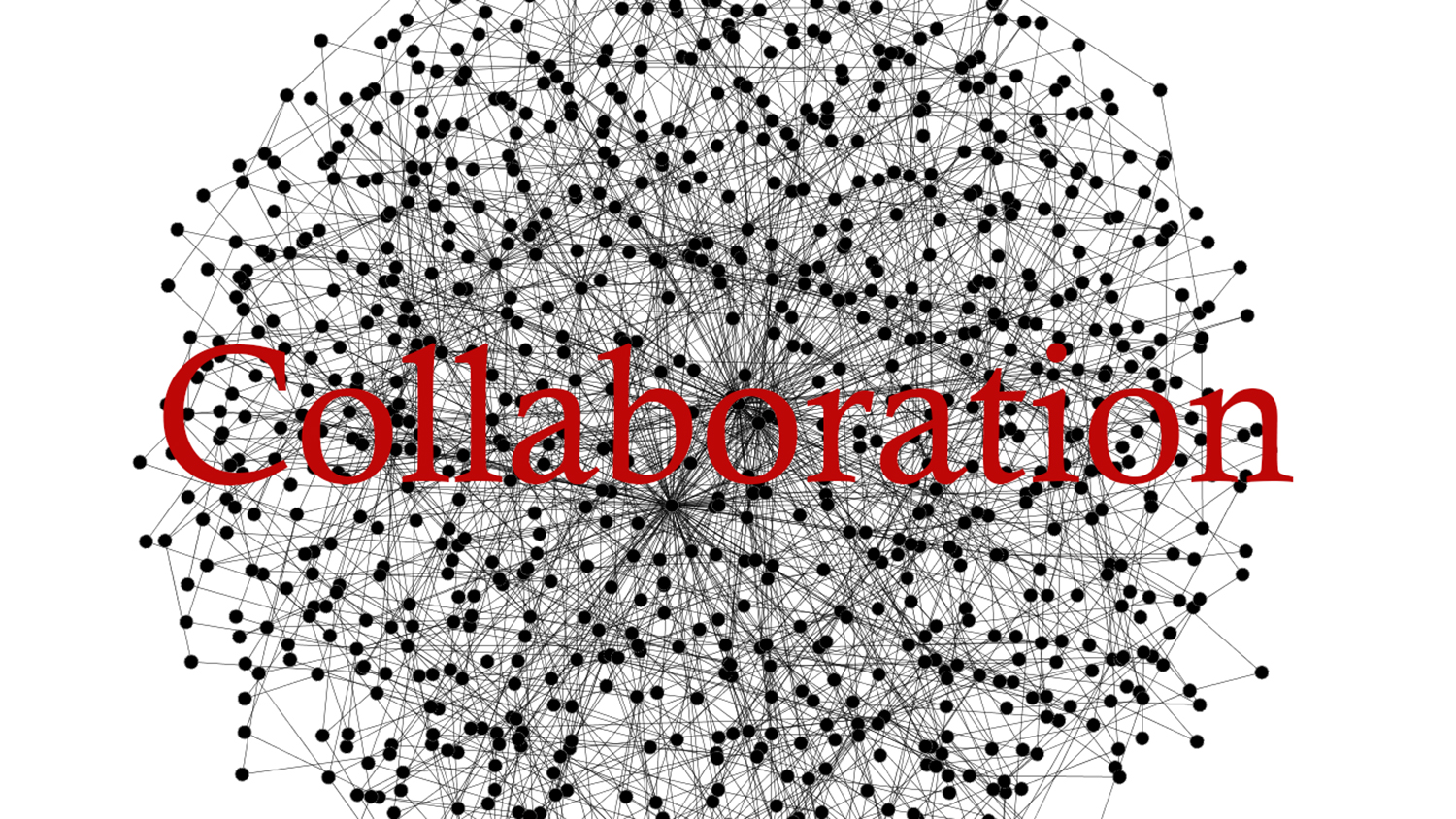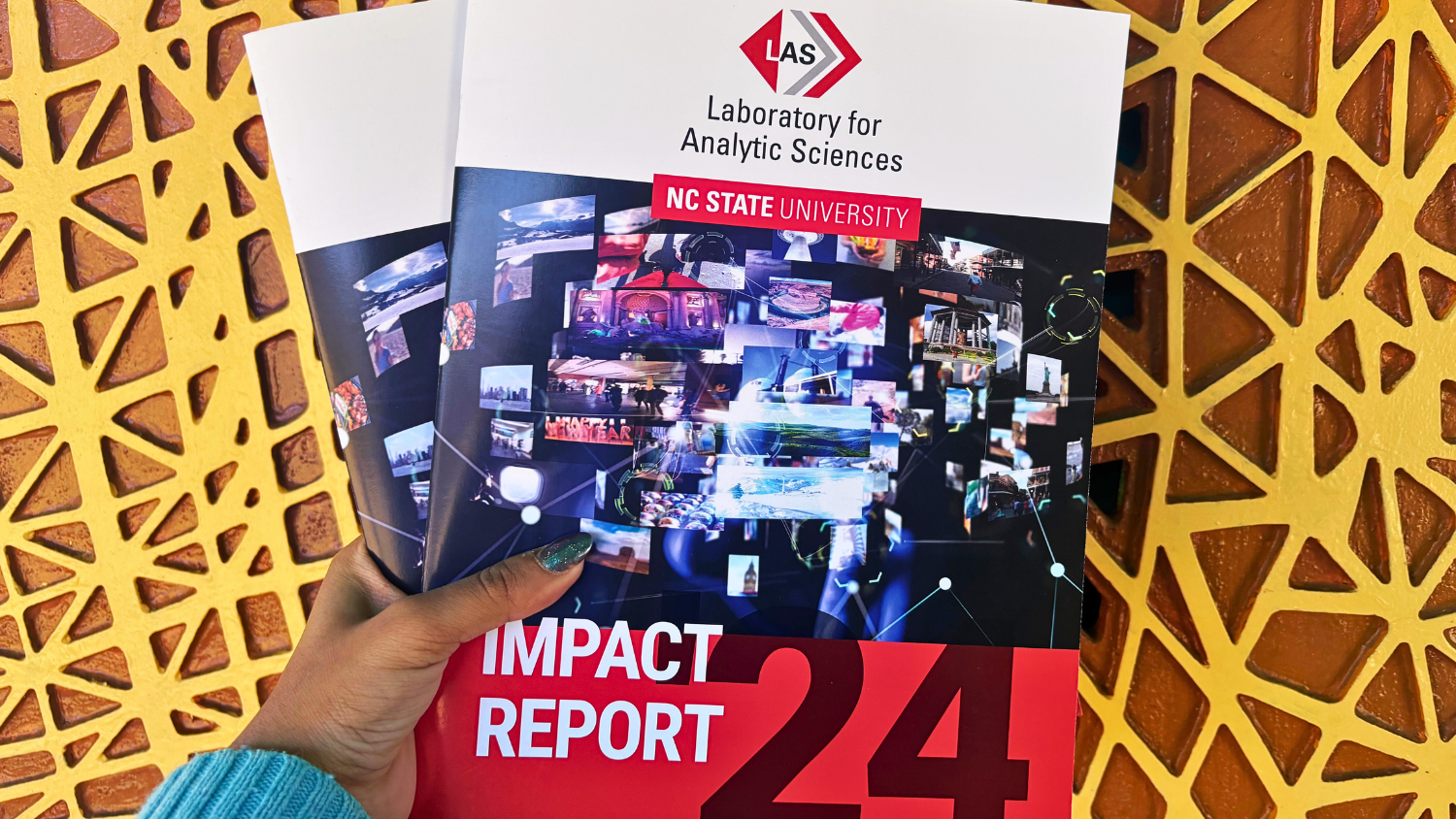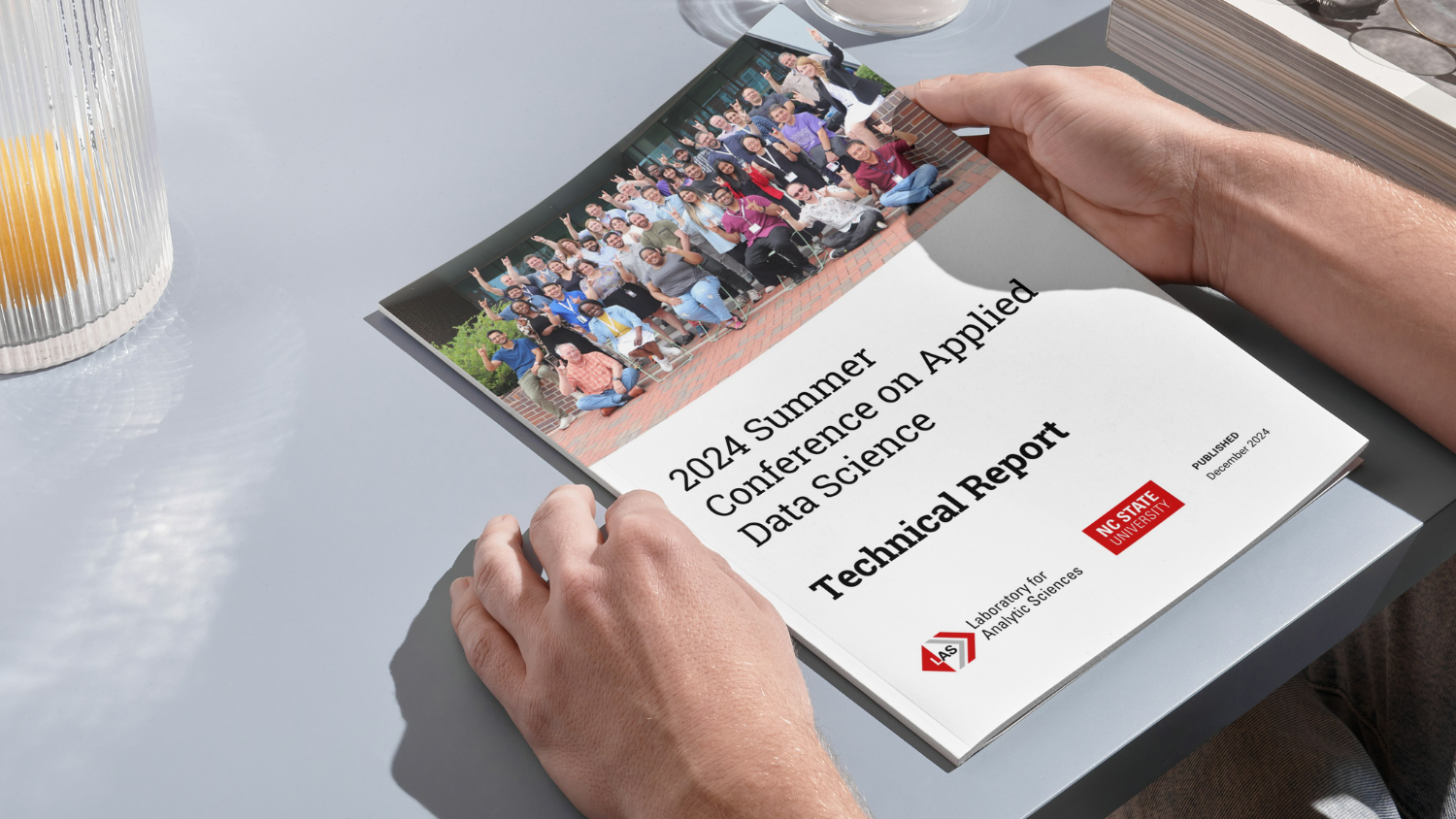Intelligence Study IDs Key Factors for Government, Academia, Industry Collaboration

A study of government and industry teamwork at a National Security Agency-funded research center found that an established suite of factors are key to fostering effective collaboration in a novel partnership to conduct research for the intelligence community. The work highlights the importance of organizational innovation and adaptation in light of the challenges that emerge in interinstitutional and interdisciplinary collaboration.
The study revolves around the Laboratory for Analytic Sciences (LAS), a partnership between the NSA and North Carolina State University. LAS brings together government and industry stakeholders with researchers from a wide variety of disciplines – from computer science to political science – to address challenges related to big data, both in terms of how to use big data effectively and how people interact with relevant technologies.
“The fact that LAS pulls together such diverse teams of stakeholders poses certain challenges in regard to communication and team dynamics,” says Beverly Tyler, a professor of management, innovation and entrepreneurship at NC State who co-authored a paper on the work.
“LAS is a unique model for bringing industry, government and academics together to address problems that none of them can solve on their own,” says Tyler, whose research focuses on organizational and relationship management. “And whenever a new model is implemented, there are growing pains. We wanted to know what it takes to make this model successful, which would be useful both for LAS and for any future collaborative efforts.”
Shortly after LAS was launched, it established a “collaboration group” assigned to work with various LAS-funded research teams to facilitate productive teamwork. The group also studied the LAS and the research teams it funds each year to determine which factors facilitated collaboration and which served as obstacles.
After several years of observation, surveys and interviews, the collaboration group found rich support for the six “imperatives” identified by R. H. Pherson and J. McIntyre (Pherson, 2009; Pherson & McIntyre, 2009) – threshold elements necessary for collaboration:
- Mutual benefit: Team members needed to feel that their work benefited from being part of the team.
- Mutual trust: Trust allows team members to open up with teammates. For example, team members need to be willing to admit what they don’t know, which is essential for avoiding miscommunication.
- Common understanding: Team members must have a common lexicon and agreed-upon rules of engagement that allow them to communicate clearly, despite the fact that they come from varied backgrounds.
- Access and agility: Team members need to be able to connect and communicate with each other quickly and easily.
- Incentives: The team must save team members time, increase their impact and enhance their careers.
- Mission criticality: Team members need to feel that the team is an important part of their accomplishing their professional goals – and that their involvement is important to the team.
“What we found highlights the need for all members of interinstitutional, interdisciplinary teams created to advance innovation – like those at LAS – to be adaptive and flexible and willing to step outside of their traditional routines,” Tyler says. “Government, business and academics all have different ways of doing things, and building a long-term, research-driven relationship requires effort by all parties to accommodate each other.
“Team members who aren’t able or willing to step outside their normal routines can hinder the progress of the entire team.
“While these findings were developed based on studying collaborative efforts related to the intelligence community, they should be applicable to other collaborative efforts aimed at pulling together such diverse groups of stakeholders,” Tyler says.
The paper, “The Importance of Organizational Innovation and Adaptation in Building Academic-Industry-Intelligence Collaboration: Observations from the Laboratory for Analytic Sciences,” is published in the International Journal of Intelligence, Security, and Public Affairs. Lead author of the paper is Kathleen Vogel of the University of Maryland. The paper was also co-authored by Jessica Jameson, a professor of communication at NC State; Sharon Joines, a professor of industrial design at NC State; Brian Evans of RTI International, and Hector Rendon, a postdoctoral researcher in LAS at NC State. The work was done with support from LAS.
-shipman-
Note to Editors: The study abstract follows.
“The Importance of Organizational Innovation and Adaptation in Building Academic-Industry-Intelligence Collaboration: Observations from the Laboratory for Analytic Sciences”
Authors: Kathleen M. Vogel, University of Maryland; Jessica Jameson, Beverly Tyler, Sharon Joines and Hector Rendon, North Carolina State University; Brian Evans, RTI International
Published: Nov. 8, International Journal of Intelligence, Security, and Public Affairs
DOI: 10.1080/23800992.2017.1384676
Abstract: This paper discusses the establishment and development of the Laboratory for Analytic Sciences (LAS), a unique site of academic-industry-intelligence collaboration established in 2013 by the National Security Agency (NSA) and located on the campus of North Carolina State University. Since 2014, the authors have been participant-observers of LAS research teams. This paper describe how inter-institutional, interdisciplinary collaboration has developed at LAS, drawing on multi-year data involving observations, surveys, and interviews that the authors have collected. LAS provides an opportunity to study the operationalization of an academic-intelligence collaboration and gather lessons learned in order to inform future collaborative efforts by the U.S. intelligence community. What this paper reveals is the importance of organizational innovation and adaptation in light of various challenges that emerge in inter-institutional and interdisciplinary collaboration.
This post was originally published in NC State News.
- Categories:


